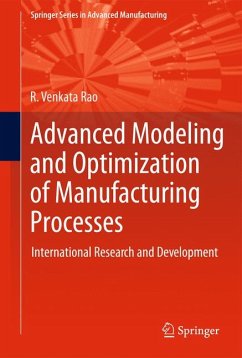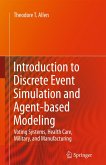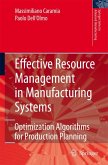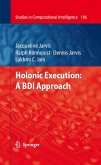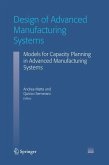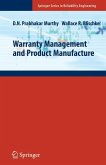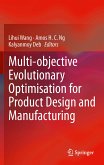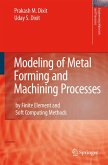Dieser Download kann aus rechtlichen Gründen nur mit Rechnungsadresse in A, B, BG, CY, CZ, D, DK, EW, E, FIN, F, GR, HR, H, IRL, I, LT, L, LR, M, NL, PL, P, R, S, SLO, SK ausgeliefert werden.
Throughout the book, using examples of various processes, the author has demonstrated the possibilities for process modelling and optimisation with advanced techniques. The book presents thorough literature review on each of the manufacturing processes considered, various mathematical models, traditional and advanced optimisation techniques, results of applications of the proposed techniques and highlights the best optimisation strategies to achieve the best process performance. The algorithms and computer codes for the advanced optimisation techniques included in the Appendix of the book will be very useful to the readers. The author has presented the techniques to a correct level and readers of this book will easily be able to follow and implement the techniques on comparable problems. The structure of the book is clear and easy to follow.
J. Paulo Davim (Int. J. Machining and Machinability of Materials, Vol. 10, Nos. 1/2, 2011)
The book presents thorough literature of various manufacturing processes, mathematical models, traditional and non-traditional optimisation techniques, real case studies, results of applications of the proposed methods, and highlights the best modelling and optimisation strategies to achieve the best process performance...
This book, in its six-chapter structure, consists of numerous references and reveals a detailed overview of international research and developmentefforts in the subject area. This is considered a big advantage of the book for interested readers who wish to collect relevant information in one single volume for quick references. The examples included in the book will certainly help the readers to better understand the advanced modelling and optimisations techniques and re-apply them properly to their practical problems both in academic and in industrial settings.
Lihui Wang. (International. Journal of Manufacturing Research, Vol. 6, No. 4, 2011)

